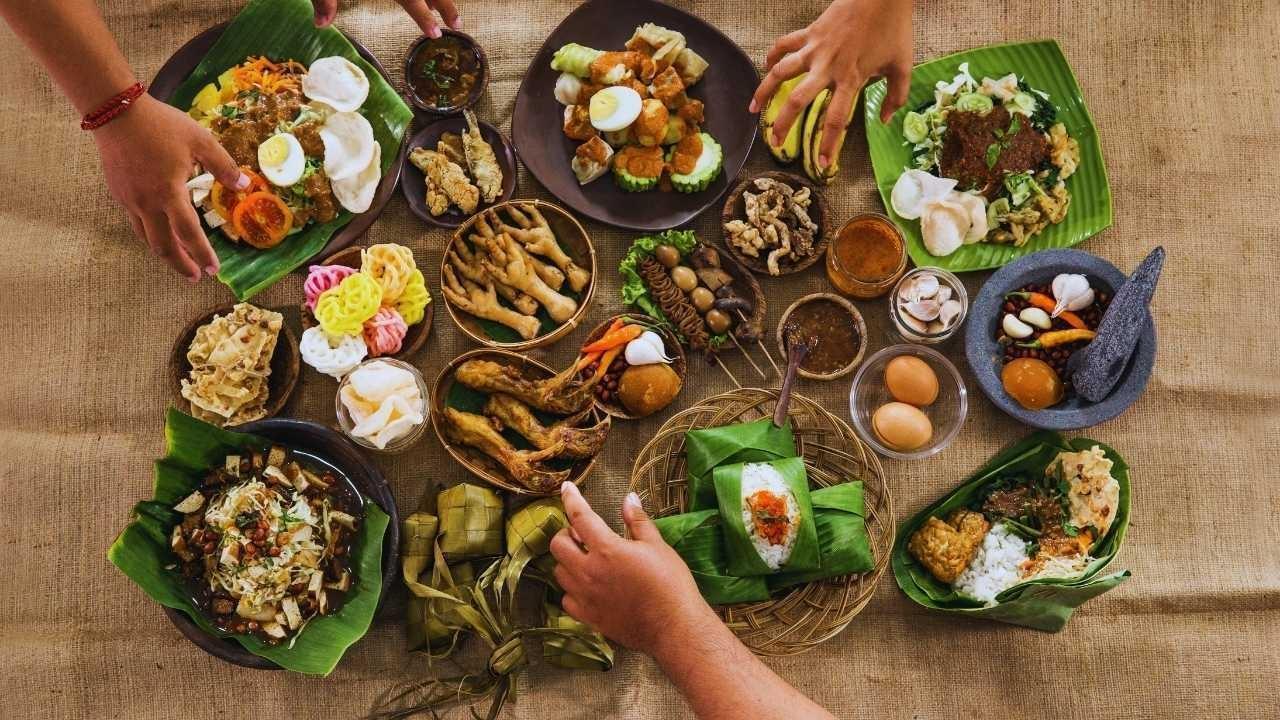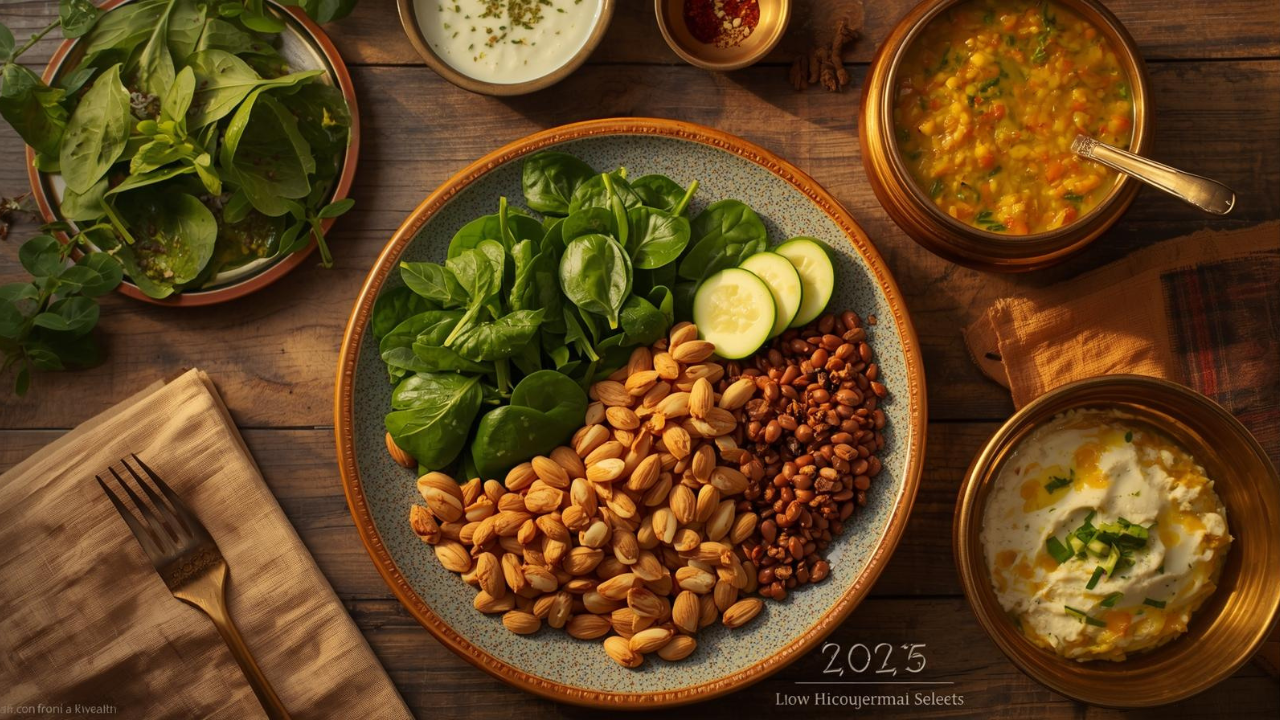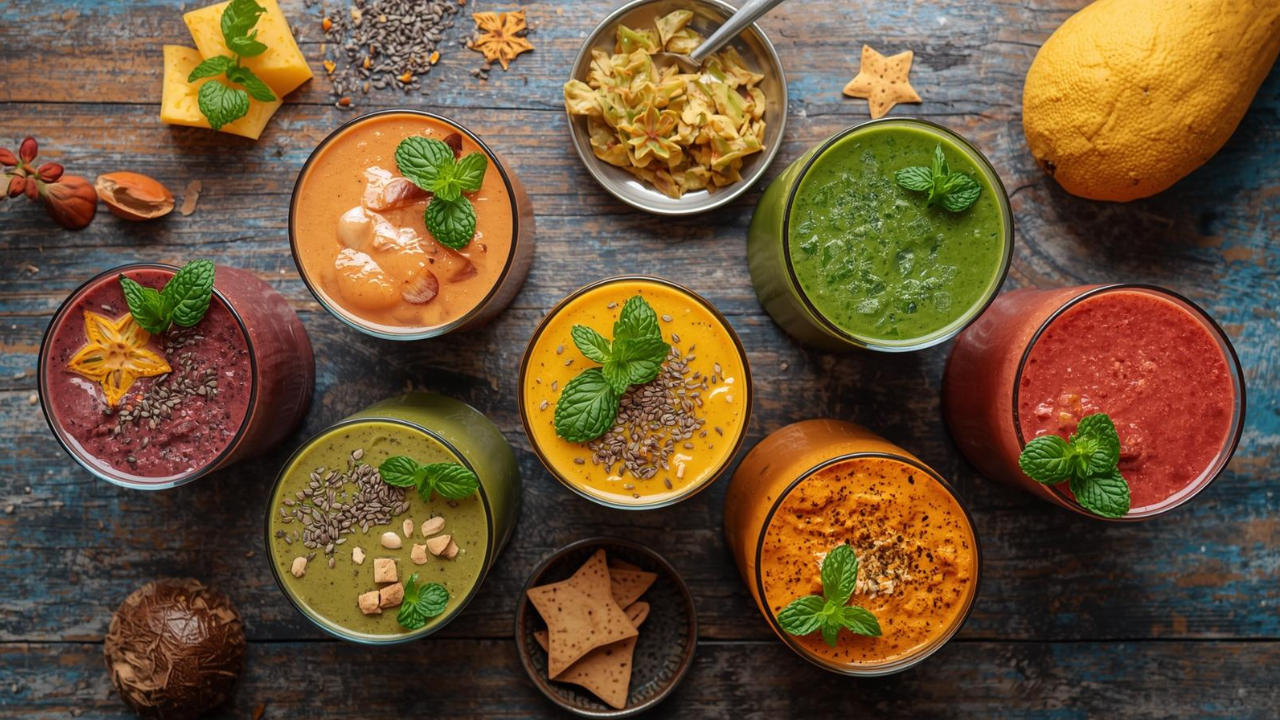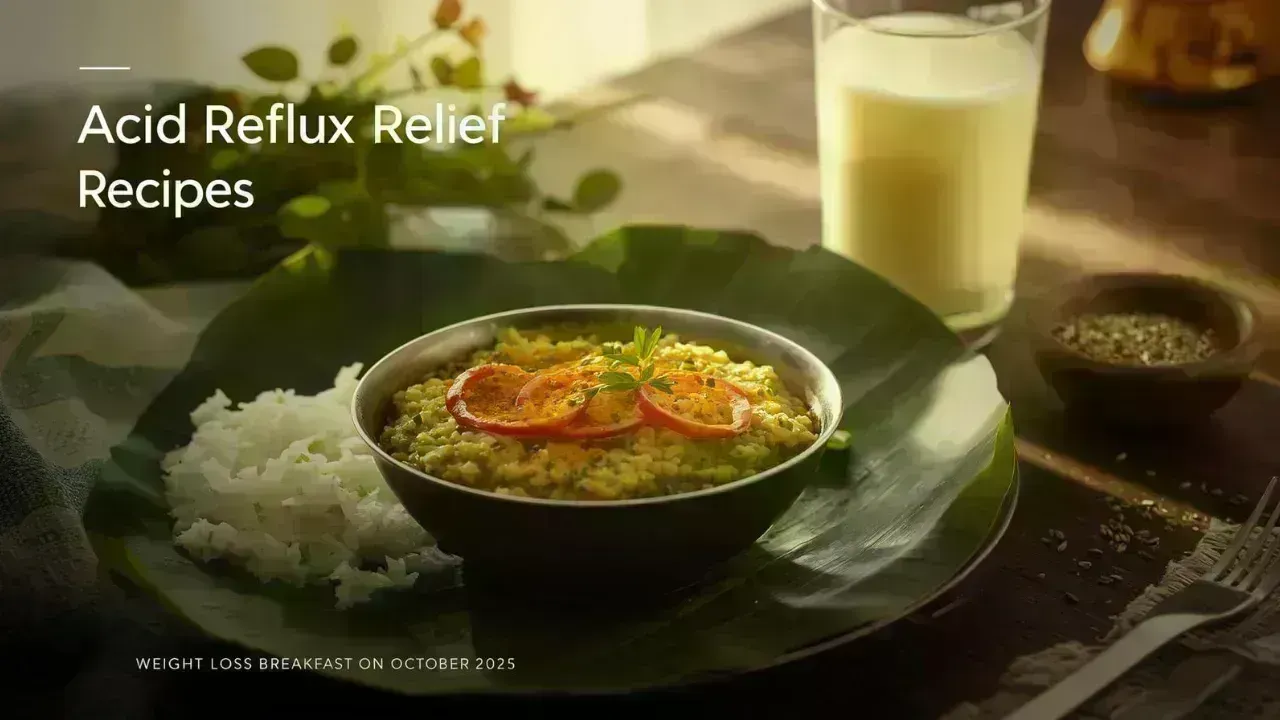
Post by : Anees Nasser
In recent times, culinary travel has gained remarkable popularity, showcasing a worldwide inclination to dive deeper than mere sightseeing. Contemporary travelers are increasingly drawn to authentic experiences that depict a region's character through its food. From restaurants to markets, and even local kitchens, these culinary explorations unveil the history, traditions, and everyday life of different cultures.
Food tours have become a go-to method for such cultural immersion, merging gastronomy with compelling storytelling. These tours guide visitors through vibrant flavors while uncovering the significance of each dish. By stimulating all senses, culinary tourism ensures that travelers not only learn but also form lasting, meaningful memories.
Street food often embodies the spirit of a locale, encapsulating centuries of tradition within bites. Cities like Bangkok, Istanbul, and Mexico City are renowned for their lively street food scenes. Guided food tours lead participants through bustling marketplaces, allowing for a taste of local favorites like pad Thai, kebabs, and tacos.
These culinary adventures go beyond flavors; knowledgeable guides share insights into the historical, social, and cultural contexts behind each dish. The evolution of a taco in Mexico City, for example, reflects influences from indigenous heritage to contemporary culinary trends, thus fostering cultural respect and appreciation.
Many culinary tours highlight farm-to-table experiences, connecting visitors more intimately with their food sources. Touring vineyards, olive orchards, spice farms, or cheese producers allows guests to witness production up close.
Such excursions not only offer insights into local agriculture's environmental and economic importance but also combine visual beauty with culinary learning. For example, Tuscany and Napa Valley provide breathtaking views along with hands-on education about sustainable farming and seasonal ingredients.
Active participation is key in contemporary culinary tourism, with cooking classes taking center stage. Attendees master traditional cooking methods from local chefs, creating dishes that hold deep cultural significance.
Whether it's making pasta in Italy, crafting dumplings in China, or preparing tagine in Morocco, these interactive sessions foster a deeper understanding of culinary heritage while providing skills for at-home replication.
The most engaging food tours intertwine gastronomy with rich storytelling. Guides narrate captivating tales related to historical events, family customs, and cultural practices connected to each meal. This contextual framing transforms simple dining into an enriching cultural lesson.
For instance, Istanbul’s food tours might explore the Ottoman influences on contemporary Turkish cuisine, while Kyoto may unveil the interplay between tea ceremonies and local artistry. Through engaging narratives, these tours cultivate emotional ties that enrich the travel experience.
Modern culinary travelers are increasingly focused on sustainability and well-being, with many tours emphasizing organic and locally sourced ingredients. Seafood tours, for example, may spotlight sustainable fishing, while farm tours advocate regenerative practices.
Tour operators are also pushing for conscientious consumption, reducing food waste, and championing local enterprises over global corporations. This shift towards sustainable practices aligns culinary tourism with responsible travel ideals, fostering positive impacts on host communities.
Culinary offerings vary vastly between urban and rural areas. Cities boast diversity and creativity with fusion cuisine and bustling markets, while rural regions emphasize tradition and seasonal freshness at a more leisurely pace.
Travelers eager for genuine flavors often alternate between lively street food excursions in cities and immersive farm-to-table adventures in the countryside. This combination offers a holistic view of regional culinary heritage, balancing innovation with authenticity.
Technological advancements are transforming food tourism dynamics. Mobile applications, virtual experiences, and social media empower travelers to uncover hidden eateries, book tours, and engage in virtual cooking classes.
These platforms facilitate curated itineraries, reviews, and storytelling, enhancing overall engagement. AI-driven recommendations tailor food tours to align with individual preferences, dietary restrictions, and travel habits, personalizing the culinary journey.
Various regions have carved out distinct culinary tourism niches:
Italy: Tours in Bologna and Florence include pasta-making classes, cheese tastings, and gelato workshops.
Japan: Tokyo and Osaka feature street food excursions, sushi-making lessons, and traditional tea ceremonies paired with sake tastings.
Mexico: Oaxaca and Mexico City offer mole workshops, mezcal tastings, and market explorations led by local chefs.
Morocco: Marrakech showcases spice market tours, cooking classes, and cultural dining experiences in riads.
These examples illustrate how culinary tourism connects explorers to the very essence of each destination.
Culinary tourism has a crucial role in safeguarding cultural traditions. By turning local cuisine into a valued economic asset, communities are motivated to uphold conventional recipes and cooking styles.
Chefs, home cooks, and craftspersons impart their knowledge through workshops and tours, enriching tourists’ understanding and fostering a continuous cycle of cultural preservation and awareness.
For food fans planning their culinary journeys, thoughtful preparation can enhance the adventure:
Research Destinations: Identify areas renowned for unique cuisine and culinary customs.
Select Reputable Tours: Opt for operators with well-informed guides and ethical practices.
Consider Dietary Needs: Ensure that the tours cater to allergies, preferences, and health issues.
Engage Actively: Get involved in cooking activities rather than observing passively.
Share Respectfully: Be mindful of local customs and avoid commodifying cultural expressions.
Well-conceived culinary excursions create genuine experiences that both honor taste and tradition.
Culinary travel transcends simple gastronomy; it seeks to comprehend the culture, history, and traditions ingrained in each dish. From street food adventures to immersive farm visits and hands-on classes, food tours offer a unique glimpse into the identity of a region.
As travelers increasingly pursue meaningful engagement, culinary tourism serves as a bridge between travel and cultural appreciation. By emphasizing authenticity, sustainability, and involvement, these journeys not only tantalize taste buds but also honor the people and practices that define each destination.
This article serves as informational and educational guidance on culinary travel and cultural immersion. Travelers should confirm local conditions, health regulations, and the availability of tours prior to their plans.










NBA Friday Recap: Powerhouse Wins for Miami, LA, Milwaukee, and Clippers
Miami, LA Lakers, Milwaukee, and Clippers triumphed in a thrilling NBA Friday, showcasing standout p

Doncic Shines with 49 Points in Lakers' 128-110 Victory over Timberwolves
Luka Doncic dazzles with 49 points as the Lakers secure a 128-110 win against the Timberwolves, show

Kings Triumph Over Jazz 105-104 with Last-Minute Sabonis Effort
The Sacramento Kings edged out the Utah Jazz 105-104, with Domantas Sabonis making the decisive shot

Argentina's Friendly Match Against India Delayed, New Date to be Announced
The friendly match between Argentina and India in Kochi has been postponed due to FIFA approval dela

Rohit and Kohli Conclude ODI Journeys in Australia with a Victory
Rohit Sharma and Virat Kohli bid adieu to Australian ODIs with a final win, forming a 168-run partne

George Russell's Wrestling Mask Antics at Mexican Grand Prix
George Russell donned a wrestling mask to enjoy the Mexican Grand Prix from the stands, providing a